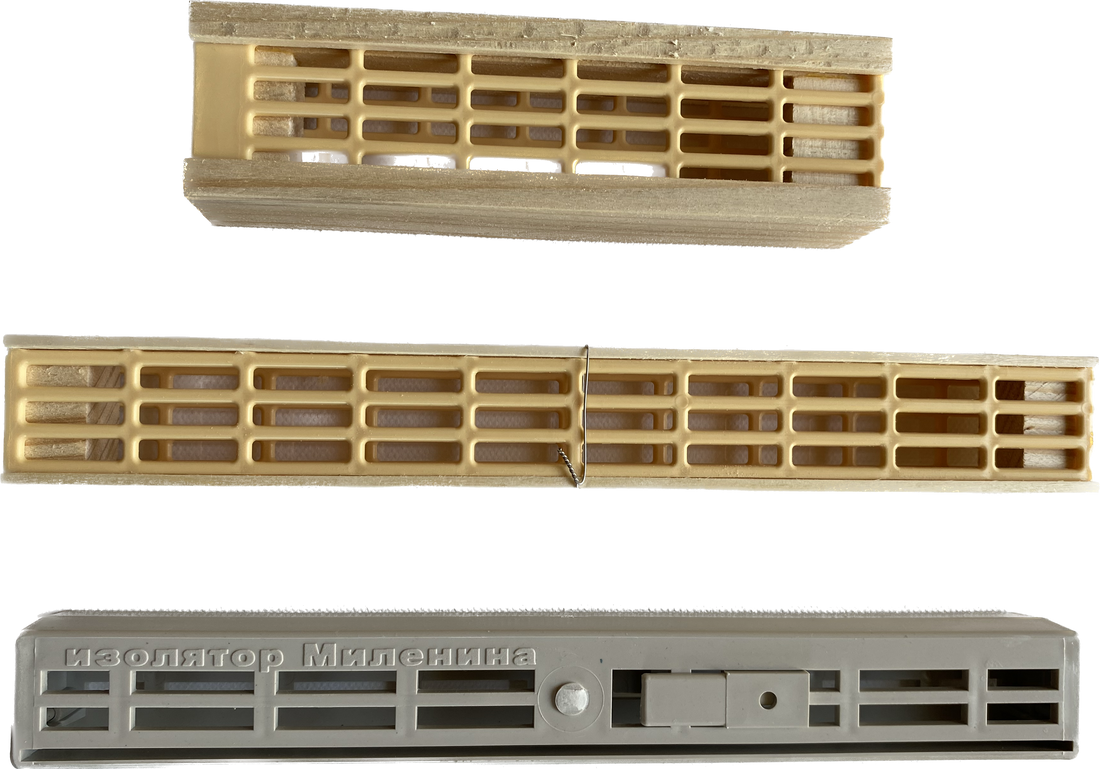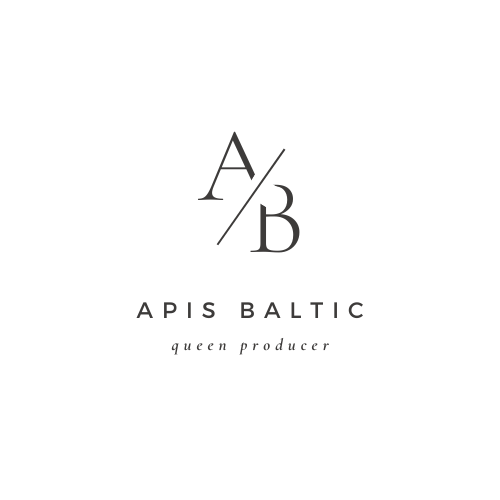
The Role of Queen Caging in Modern Beekeeping
Partager
Beekeeping has evolved significantly over the years with new techniques emerging to enhance colony management and productivity. One of the most innovative and debated practices today is queen caging. While once met with skepticism, this method is now widely recognized for its role in improving colony health, controlling reproduction, and optimizing honey production. But what exactly is queen caging, and why has it become a key strategy for modern beekeepers?
What is Queen Caging?
Queen caging refers to the practice of temporarily restricting the movement of the queen within the hive using specialized cages or isolators. The main objective is to control her egg-laying cycle, thereby influencing the overall dynamics of the colony. By regulating when and where the queen lays eggs, beekeepers can achieve various benefits, including better colony overwintering, disease control, and improved honey yield.
A Brief History of Queen Caging
The concept of caging the queen is not new. Beekeepers have long experimented with ways to control colony reproduction, but the technique gained serious attention in the early 2000s when biologists such as P. Khmara published research on its potential benefits. Skepticism from traditional beekeepers and scientists initially slowed the adoption of this method, but over time, practical success stories have made queen caging an integral part of many beekeeping operations.
Why Do Beekeepers Cage the Queen?
Queen caging is implemented for several key reasons:
1. Controlling Swarming Behavior
Swarming is a natural but undesirable behavior for beekeepers, as it leads to colony division and reduced honey production. By caging the queen during critical periods, beekeepers can prevent the rapid buildup of young bees that trigger swarming instincts.
2. Strengthening Overwintering Bees
One of the biggest challenges in beekeeping is ensuring that the colony survives winter. Caging the queen in late summer prevents excessive egg-laying, allowing worker bees to focus on developing strong fat bodies for winter survival. This ensures that the colony enters the colder months with a healthier, long-living bee population.
3. Enhancing Honey Production
When a queen is laying eggs continuously, a large amount of the colony’s resources are dedicated to feeding larvae rather than producing honey. By caging the queen before the main honey flow, beekeepers can redirect worker bee efforts toward nectar collection, significantly increasing honey yields.
4. Managing Varroa Mites and Diseases
Varroa destructor mites thrive in hives with a continuous brood cycle. By interrupting brood production through queen caging, the mites lose their breeding ground, reducing their population naturally. This technique, when combined with organic mite treatments, offers an effective method for controlling infestations without excessive chemical intervention.
How is Queen Caging Practiced?
There are several methods of queen caging, depending on the beekeeper's objectives:
- Short-term Caging (10–15 days) is used to temporarily halt egg-laying before a major honey flow or to control swarming.
- Seasonal Caging (1–2 months) is typically applied in late summer to prepare for winter and strengthen the colony's long-living bees.
- Full Overwintering Caging (6–7 months). In colder climates, beekeepers may keep the queen caged from late summer until spring to enhance winter survival rates.
The cages themselves vary in design, from simple queen confinement cages that keep the queen restricted to one frame, to full-frame cages that completely prevent egg-laying. Advanced beekeepers often experiment with different techniques to see what works best for their specific environment and colony genetics.
Debates and Challenges Surrounding Queen Caging
Despite its advantages, queen caging remains a topic of debate. Some traditional beekeepers argue that interfering with the natural reproductive cycle of a colony may have unintended consequences. Others express concerns about stress on the queen, particularly if caging is not managed properly.
However, supporters of the method emphasize that careful timing and proper nutrition mitigate these risks. Many who have adopted caging techniques report stronger colonies, improved honey harvests, and reduced disease pressure proving that when done correctly, queen caging is a powerful tool for modern beekeepers.
Conclusion: The Future of Queen Caging in Beekeeping
As climate change, disease pressures, and shifting nectar flows continue to challenge beekeepers worldwide, techniques like queen caging offer a sustainable way to enhance colony health and productivity. While not a one-size-fits-all solution, it is becoming a vital part of innovative, science-backed hive management strategies.
For beekeepers looking to optimize their operations, experimenting with queen caging could be the next step toward a more resilient and productive apiary. As more research and field trials emerge, this once-controversial practice may soon become a mainstream best practice in sustainable beekeeping.
